Stargazing Glossary
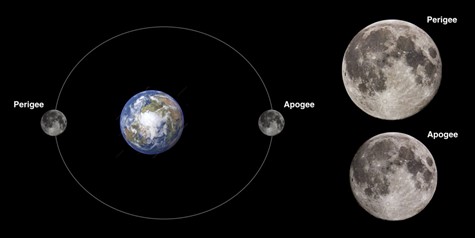
Apogee and Perigee:
The Moon's orbit around Earth is elliptical, or oval shaped. The point that the Moon is closest to Earth is called perigee. The point furthest from Earth is known as apogee. The Moon appears about 13% larger at perigee than it does at apogee.
Catalogues:
Space is huge. It contains hundreds of billions of galaxies, each with billions of stars inside. Trying to keep track of what is out there, and where everything is, is hard. So we use catalogues of objects to list everything. These tell us the names and positions of all of the things that we have found in space. Some look at stars, others at galaxies. There are catalogues of supernovae, and of active galaxies. In fact, every type of object you can think of has a catalogue.
Some of the earliest lists drawn up by astronomers looked at bright objects in the sky. These included nearby star nurseries, galaxies and star clusters. One of the most famous is called the Messier catalogue. It was made by French astronomer Charles Messier in 1781. Today we still use names like Messier 1 (the Crab Nebula) to talk about objects.
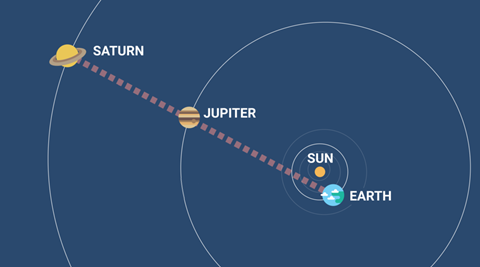
Conjunction:
A conjunction is when two objects in space appear close to each other in the night sky. It can be our Moon, a planet, or even a star. The objects are still separated by huge distances, but just happen to line-up for people looking from Earth.
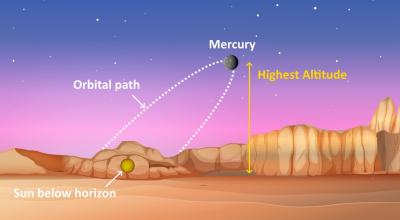
Highest Altitude:
Mercury and Venus are closer to the Sun that the Earth is. Therefore, they always pass between the Earth and Sun. This means that we are not able to observe them as well as the other planets. The best time to see them, is when they reach their greatest apparent distance from the Sun. This means that we see them at their highest altitude above the horizon. This happens either just before sunrise, or just after sunset.
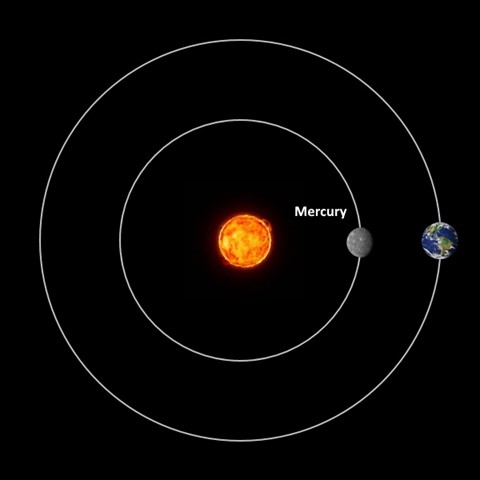
Inferior Solar Conjunction:
This event occurs when an inner planet, either Mercury or Venus, passes between the Earth and the Sun. If it were to pass directly in the same line of site we would see the planet transit in front of the Sun. Usually they do not line up this perfectly. Around this period, the planet cannot be seen during the night.
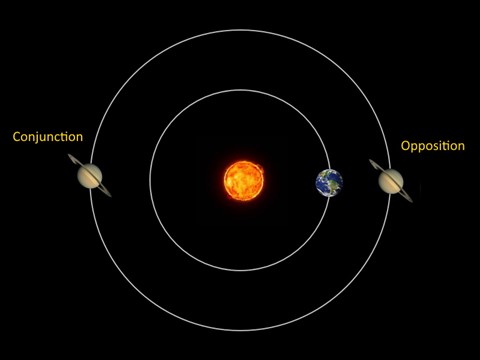
Opposition:
A planet is said to be in opposition when it is on the opposite side of the Earth to the Sun. This is the best time to observe a planet, as it is bigger and brighter in the sky than at any other point of its orbit.
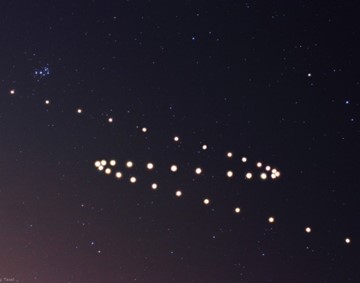
Credit: Tunc Tezel
Retrograde Motion:
As the outer planets orbit the Sun, they usually look like they move slowly eastwards. This is against the backdrop of more distant stars. Planets further from the Sun orbit more slowly, and this means there is a point in their orbit where Earth overtakes them. This makes it look like the planet moves backwards (or westwards) through the night sky. This happens for around two months, and is known as retrograde motion. Next time you walk past someone, watch how they appear to move backwards when compared with very distant objects. This is the same retrograde illusion.
Why not use our electric orrery to see the orbit of the planets in our Solar System in more detail?

